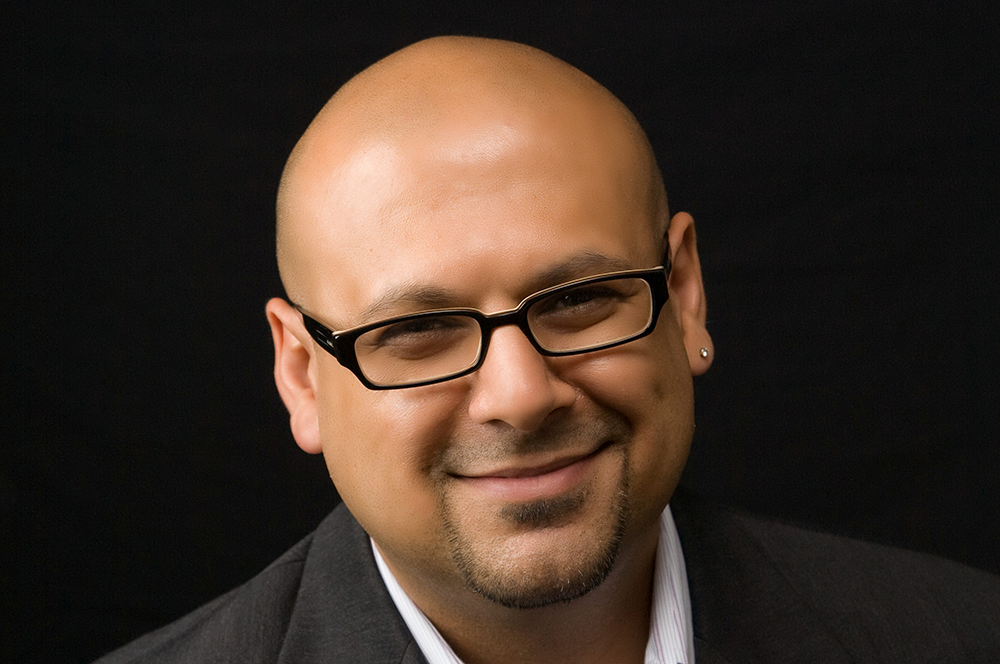
Program matic is moving beyond a direct response channel to becoming a service. That’s according to Vic Walia, Senior Director of Brand Marketing for Expedia.
matic is moving beyond a direct response channel to becoming a service. That’s according to Vic Walia, Senior Director of Brand Marketing for Expedia.
Speaking to Ashton Media ahead of his keynote presentation at the upcoming Programmatic Summit, Walia outlined his vision for programmatic saying: “People are savvy to the fact brands kind of follow them online. Originally it was a creep factor, but now it’s becoming much less creepy. And it becomes more permissible when advertisers use that relationship in a meaningful way. This is where advertising as a service comes into play and the idea of engaging with the customer after the purchase. Whether it’s for customer service or to build the experience, that is where the future of programmatic is headed.”
This shift has come about, Walia believes, due to changes in the advertising environment led by social platforms. Consumers have also become more accepting of brands and advertisers establishing a one-to-one relationship and communicating with them through it, he says.
Programmatic is moving towards giving advertisers the power to, “Use the data we have to inform, not just the customer journey to get them into the store, but what happens when they leave the store; really engaging that continuing conversation with them throughout the ecosystem,” says Walia.
Although he warns there is, at least, one barrier. Walia says: “There is a major headwind and that is cost. Until we figure out the cost structure, it’s really hard to use those channels as a service to customers.”
The current model of programmatic advertising needs to shift in order for advertisers such as Expedia to use the channel for financial benefit as well as servicing the consumer. He says: “Our math tells us that for every dollar we spend, 40 cents of it goes to the publisher. That means we are behind the eight ball the day we start advertising. That’s not a sustainable model, so we are doing this actually recognising that we are not making money programmatically.”
Thank the heavens for programmatic
For a company such as Expedia, programmatic is something of a godsend given the price and inventory of the products the company sells changes from minute to minute. To highlight the opportunity for programmatic in the travel space, Walia compares Expedia’s offering to other online stores. He says: “If you’re looking for a pair of shoes, there’s a certain combination of size and color, but it’s a defined level of combinations. The price is pretty static and so is the inventory. You know well in advance if you’re depleting your inventory in a certain size. When it comes to travel, the price and the inventory change every second of every day.”
Take the example of a customer booking a flight from New York to Los Angeles. As a global booking engine, Expedia sees demand from across the world and the permutations of various airlines, airports, days and times for that single journey are vast. As Walia says: “For one to figure the permutations and combinations is not a trivial exercise.” But that’s only one variable to consider. Once you have worked out whether to fly American Airlines or Qantas, to travel from JFK or LaGuardia and your preferred arrival time at the most competitive price, the ability to book the flight exists at a specific moment in time. Walia says: “Should you come back the next minute, not only will the price change, but that inventory may be gone, so we in the travel category think about this a lot. We think about price and inventory and the fact that it’s highly dynamic. When something is highly dynamic like that, programmatic is a natural extension for us to start sharing that information.”
Travel meets computer science
As Walia rightly points out, these are computer science questions.
“What programmatic lends to is two things: technology and data. Technology can drive some of the decision making versus having human intervention. That’s interesting because you can start to use big data and data sciences to start making decisions,” he says.
Expedia sees more than seven billion flight searches a year and while that figure is vast, it’s not seven billion people searching, it’s people searching multiple times for different combinations and permutations to get from point A to point B.
If searching for the perfect flight is so complex, how could a company even begin to advertise these offerings? This is where programmatic comes to the fore.
Walia says: “In the old world we were relegated to a type of messaging that was static. The type of messaging where your ad is still relevant when inventory and price changes. You have a 20% off hotel sale or here’s a coupon, as an example.”
Unlike a full page ad in a newspaper, programmatic has the ability to change ads based on what is available and at what price, in real time. In the near future, Walia sees it going one step further to truly service the consumer. He says: “If you’re talking about advertising as a service, you’re talking about ads that say ‘Hey, the flight you just looked at from LA to New York, it just dropped $25’. That’s a meaningful piece of information and that information can be served up in programmatic.”
Catch Vic Walia’s keynote presentation at the upcoming Programmatic Summit.
Click here to find out more about the Programmatic Summit or sign up for the Ashton Media newsletter here.
About Mark Abay - Content Director, Ashton Media
Mark is Content Director at Ashton Media. It's his job to create interesting and engaging conference programs that stretch the thinking of our attendees. Mark works closely with our industry advisors to ensure the conference content is aligned with the needs and interests of our audiences.

